Malt is the body and soul of beers. It provides the raw material for the yeast to act upon and give the beer its flavours to compliment the hops. It is also the main source of the colour of the beer, and depending on the types and amount of each malt used the colour can vary from the palest lagers to the darkest stouts and porters.
So how does this happen?
Barley
Barley is the perfect grain for the brewing process due to its high starch content. This starch provides plenty of sugar enzymes used in creating the flavours and the alcohol in beers.
The malt process starts by the Maltster who soaks the barley in water for approximately 24 hours until the barley has a 45% water content. This rehydration starts the sprouting process, rootlets and a sprout start to form at this point on each grain of barley. This process is controlled by the Maltster and when it has reached a desired stage the damp flavourless grain is sent to the kiln to be dried.
The kilning process is what provides the flavour to the beer, even the palest malts have a flavour that is imparted into the beer.
Like everything else in beer we have a way of measuring the colour of the malts which is expressed in Lovibond units in the States or European Brewing Convention units (EBC) in Europe.
Types of Malt
Malt starts from the palest, used in Pilsners, measured at about 2 or 4 degrees lovibond to the darkest black malts, used in porters, which come at over 500 lovibonds.
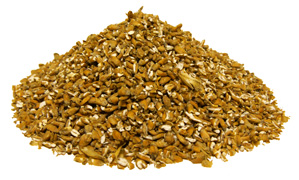
This allows brewers a vast range of flavours and colours to experiment with. Brewers use malts for different purposes in the process and categorise their malts according to use and colour.
If you’re interested in the different styles of beer you can view our chart.
Base malts
Pale ale malt, Pilsner, Vienna and Munich are the lowest kilned malts in the beer making process. They are the base malt in all beers and are found in all beers from stouts down to lagers. The base malt is the vehicle on which all the other malt flavours and colours travel. Even porters and stouts are predominantly base malts to which darker malts have been added.
Munich and Vienna malts have a slightly darker colour and are used as base malts these both give an amber colour with a caramelly sweet taste.
Kilned or coloured malts
These are used for colour and flavour in the beer recipe. These malts are used in smaller amounts in the malt mixture, devised by the brewer, this is rarely more than 20% in a standard beer type although higher percentages are often used in special brews.
Types of kilned malts include: biscuit, brown malt, roast barley and chocolate malt. Roast Barley is used in classic dry stouts.
Crystal or Caramel malt
This is a different type of malt created by heating a wet malt to 66 degrees and stewed at this temperature. The resulting malt has a sweet caramel flavour that will very quickly dominate a beer even if used in small quantities.
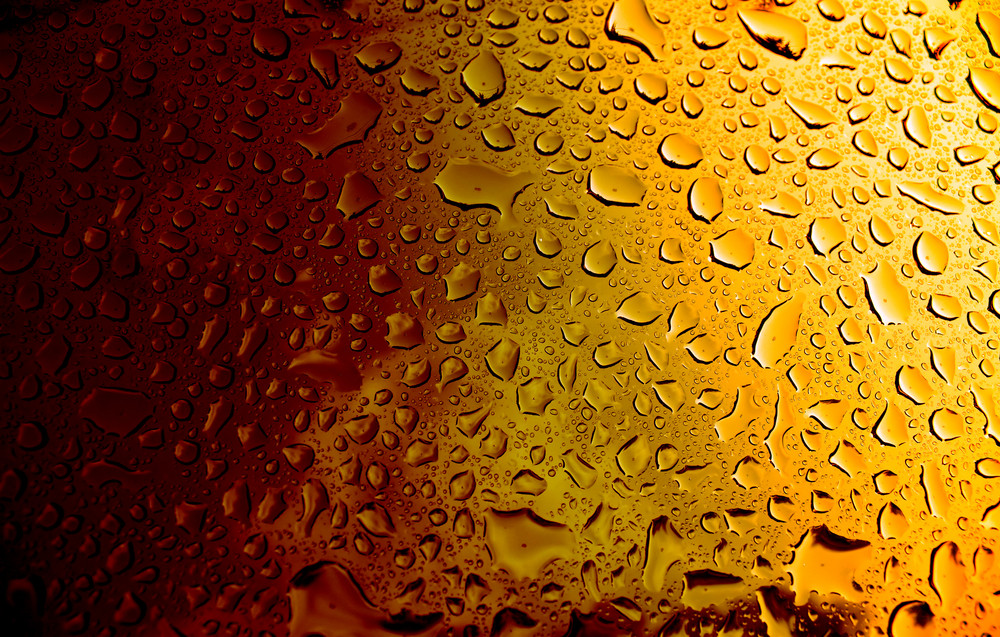
Roasted malts and Adjunct grains
These are black malts and chocolate malts they are very similar to coffee beans both in aroma and colour. Many also have a mild chocolate flavour and aroma which comes to the fore in the brewing process.
Adjunct grains is a catch all term used to describe the little extras a brewer may add to their beers to bring a little bit of personality to the beer. Think of beers such as Rye ale, Wheat beer or creamy Oatmeal stouts.
For years brewers have added adjunct grains to beer for this reason and also for economic reasons. Rice and corn are far cheaper to add to beer than larger amounts of malt. They also help to thin out a beer by giving it more sugars to ferment.
Rye, wheat and oats all make a beer taste creamier and also contribute to the head on beers by allowing the beer to retain its head for longer.
So we have discovered that malts add lots to the beer, more so than their more illustrious and better known fellow ingredient the hop. To many the variety and versatility of malt is the hidden part of the beer tastes that they enjoy.
Next time you are enjoying your beer take a little time to let the beer swill around in your mouth as this allows the flavours of the beer develop and you may be surprised by the complexity of your chosen brew.
“Malt in beer”, by Chris K.

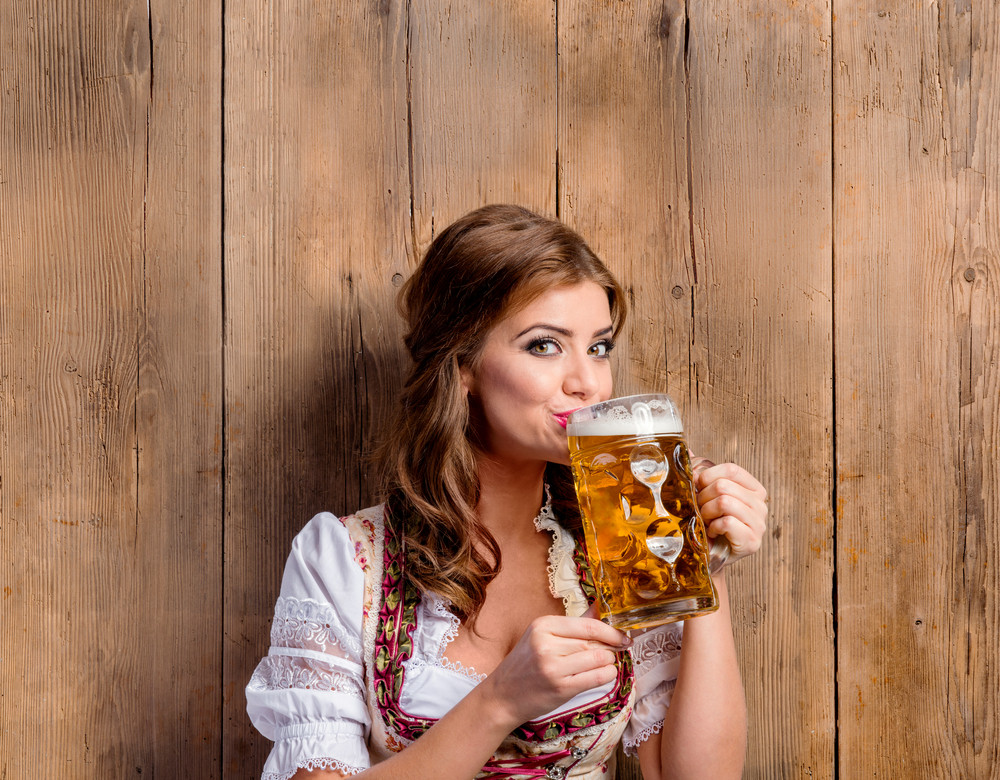
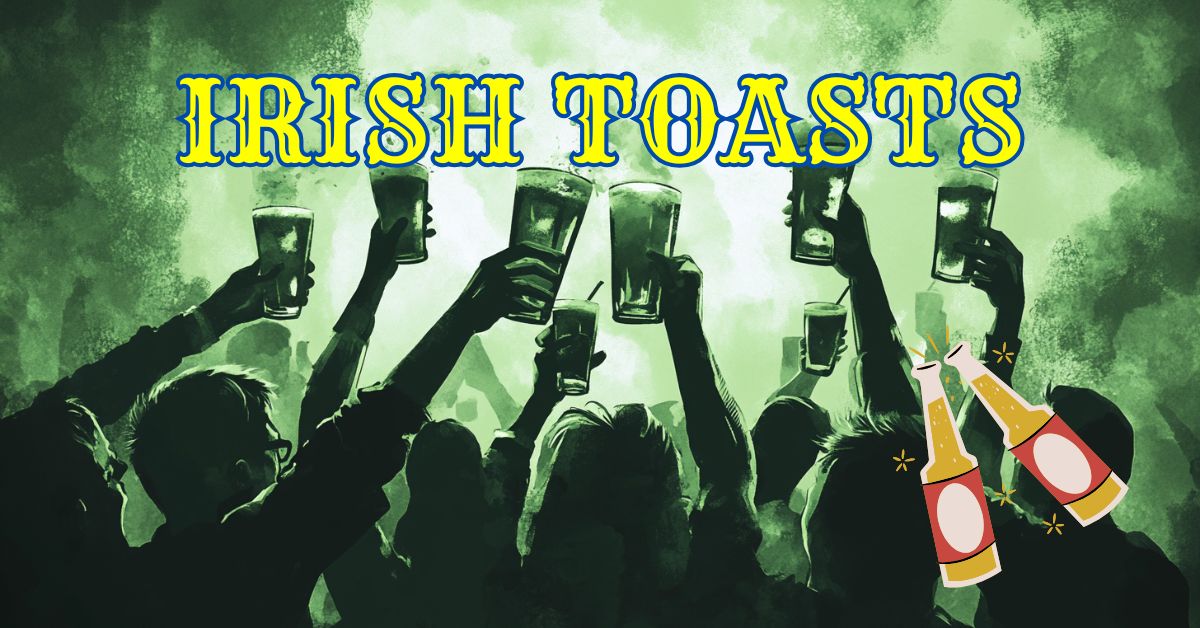
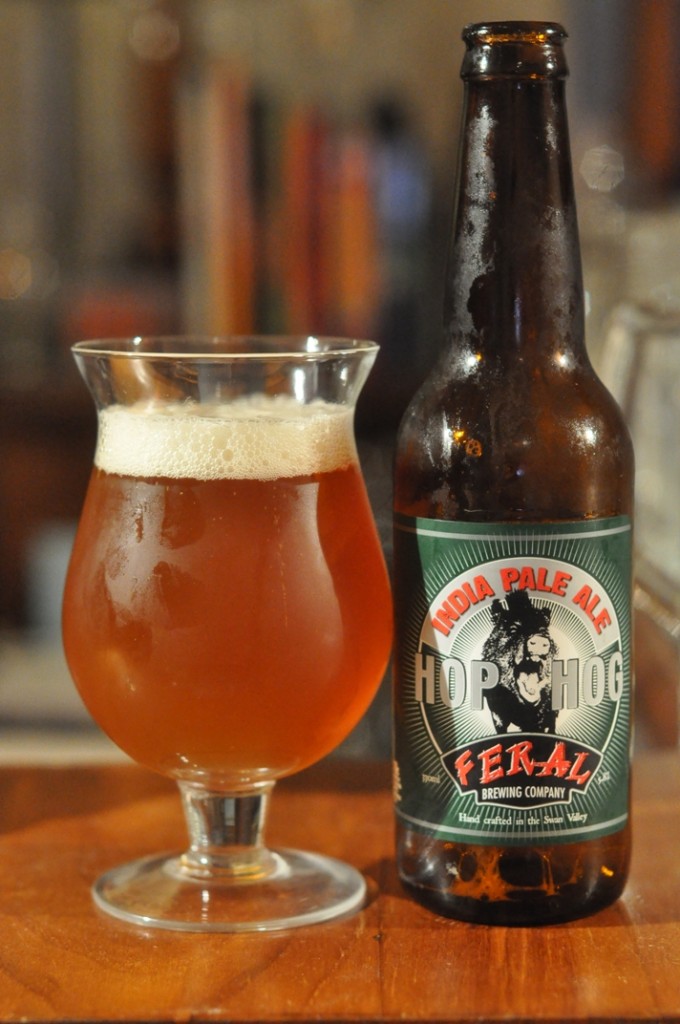
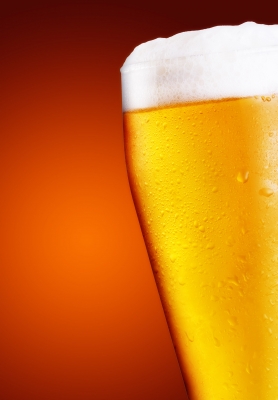
Leave a Reply